Guide to the Rome Subway
The Rome metro can save you in a pinch on many occasions, as it is the fastest way to get around the city. Here's how to make the most of it.
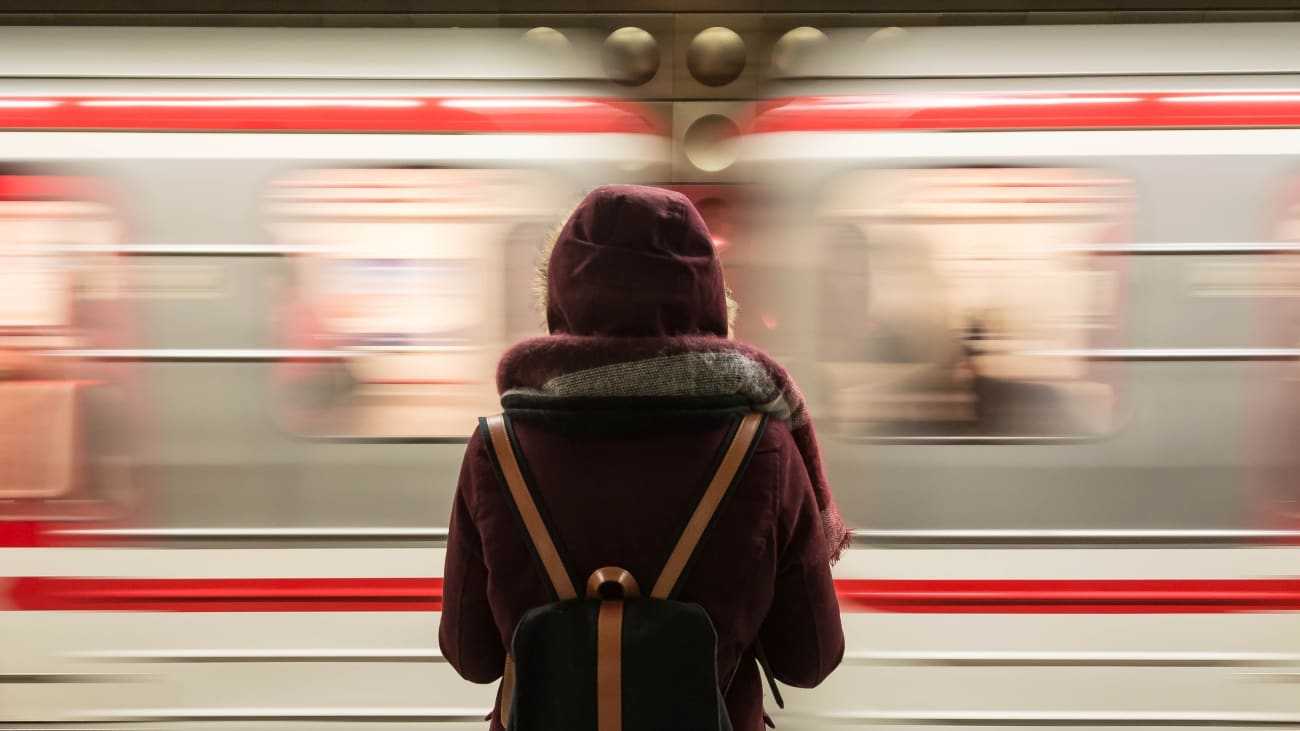
Waiting for the underground | ©Fabrizio Verrecchia
Rome is a city made to be admired, and there is no better way to do so than on foot: wandering through its narrow streets, discovering its hidden corners, entering every doorway you see to see what lies behind...
But there's a problem: this isn't the most efficient way to get around between attractions, monuments and ancient ruins, especially if you're only going to be in Rome for less than a week and want to see a lot in a short time. That's why it's best to find out how to get around the city before you travel, and here's a complete guide to the Rome metro.
How does the Rome metro work?
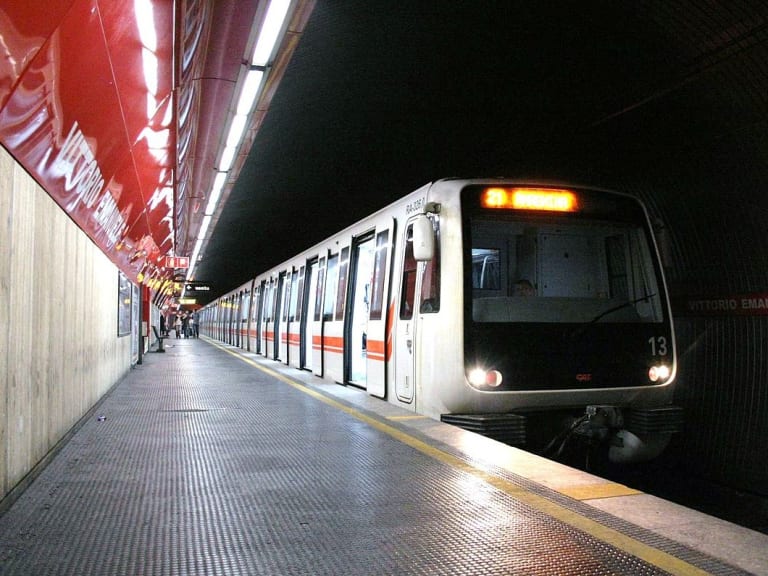
ATAC stands for 'Agenzia del trasporto autoferrotranviario del Comune di Roma', which is the company responsible for public transport in Rome. An ATAC ticket is valid for travel on trains, buses, trams and also on some suburban trains within the Rome metropolitan area.
Tickets can be purchased from ticket machines (Full Service or Light Service) or at ticket offices in metro stations, as well as at tobacconists (marked with a blue sign with a T) and kiosks throughout the city. You can now also pay directly with a contactless bank card or mobile phone using the Tap & Go system.
Please note that ticket machines accept euro notes and coins but never give change of more than €6. If you pay with a large note, you will have to buy several tickets until you reach that amount or find change elsewhere. The newer machines accept cards, but not all of them, so take cash with you just in case.
Which ticket should you buy?

- BIT: Single ticket, valid for 100 minutes from validation (€1.50).
- Roma 24H: valid for 24 hours on any ATAC transport (€7).
- Roma 48H: valid for 48 hours (€12.50).
- Roma 72H: valid for 72 hours (€18).
- CIS: weekly pass valid for buses, metro and suburban trains (€24).
If you are going to be in Rome for a week and plan to get around mainly by public transport, don't think twice: it is worth buying a CIS ticket, as for less than £3.50 a day you will have unlimited access to the entire network.
If your trip is shorter, or your accommodation is in the city centre and you can walk to most places of interest, it is probably better to buy a single ticket each time you use public transport.
Rome metro timetables
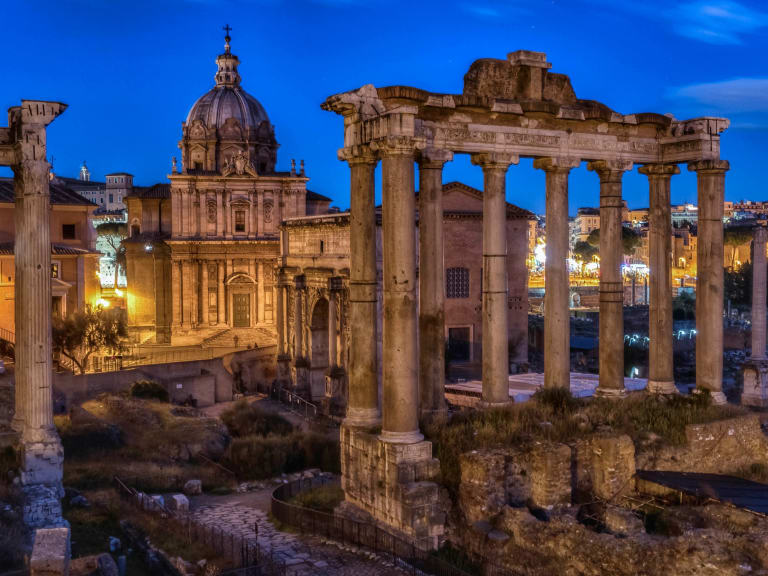
The Rome metro runs from 5:30 a.m. to 11:30 p.m. every day, except on Fridays and Saturdays when service is extended until 1:30 a.m. (with less frequent trains at night).
Travelling by public transport with the Roma Pass and the Hop On Hop Off bus
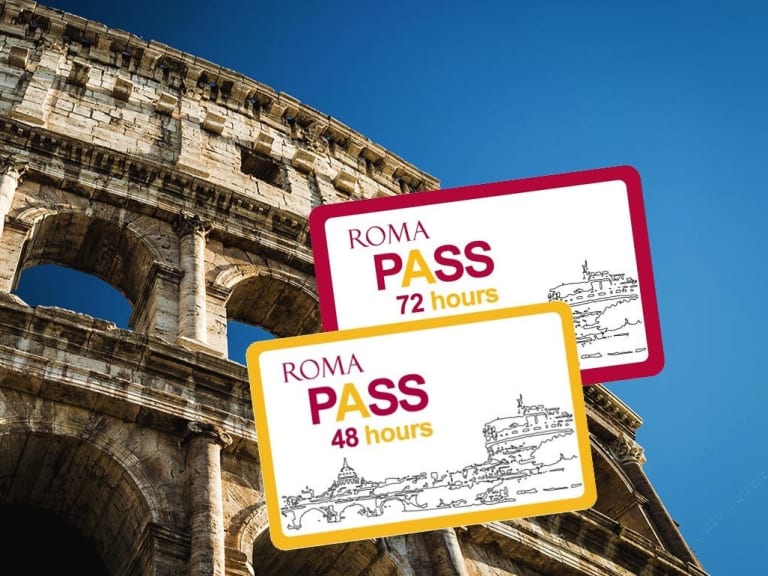
That said, something to keep in mind is that some tourist passes in Rome, such as the Roma Pass, include a free public transport pass for two or three days. Even if the attractions on this pass don't interest you much, the savings on transport may make it worth buying a Roma Pass.
Some tickets for Rome's Hop On Hop Off tourist bus also include public transport for several days, and the bus itself is a great way to get around the city.
Main metro lines and stops

Rome has three metro lines: A, B and C:
- Line A (orange): the line with the closest stops to popular places such as Cipro (Vatican Museums), Ottaviano (St. Peter's Basilica), Flaminio (Villa Borghese), Barberini (Trevi Fountain) and Vittorio Emanuele (Santa Maria Maggiore).
- Line B (blue): ideal for monuments and ruins, with stops such as Colosseo (Colosseum and Roman Forum), Circo Massimo (Circus Maximus) and Termini (main connection). It branches off towards Bufalotta and Casal Monastero.
- Line C (green): the newest and still expanding; not all stations are operational.
Connections to Roma Termini train station
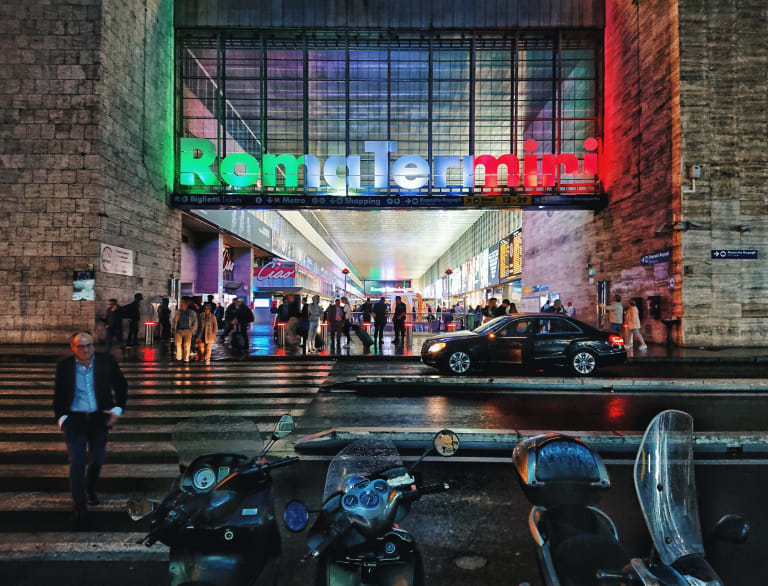
Termini Station is Rome's main station and the destination for many buses from Fiumicino and Ciampino airports. The Leonardo Express, the fast train to Fiumicino, also departs from here.
Metro lines A and B intersect at Termini, giving you access to key points such as the Colosseum, Piazza Venezia and Barberini. It is also a good starting point for trains to cities such as Florence, Naples, Milan and Venice.
Tips for the Rome metro

- You must validate your ticket at the turnstiles before entering. With the Roma Pass, simply swipe it through the reader.
- Travelling without a validated ticket can result in a fine of up to €50.
- Children up to the age of 10 travel free with a valid ticket when accompanied by an adult.
- Since ATAC tickets are valid for all public transport, take the opportunity to try the tram: lines 3, 8 and 19 run through interesting areas.
- By metro, you can reach Ostia Antica, an archaeological site by the sea.
- Keep an eye on your belongings: pickpockets are common in tourist areas and busy stations.
- Some areas in the centre do not have a metro stop nearby; sometimes it is just as quick to walk.
